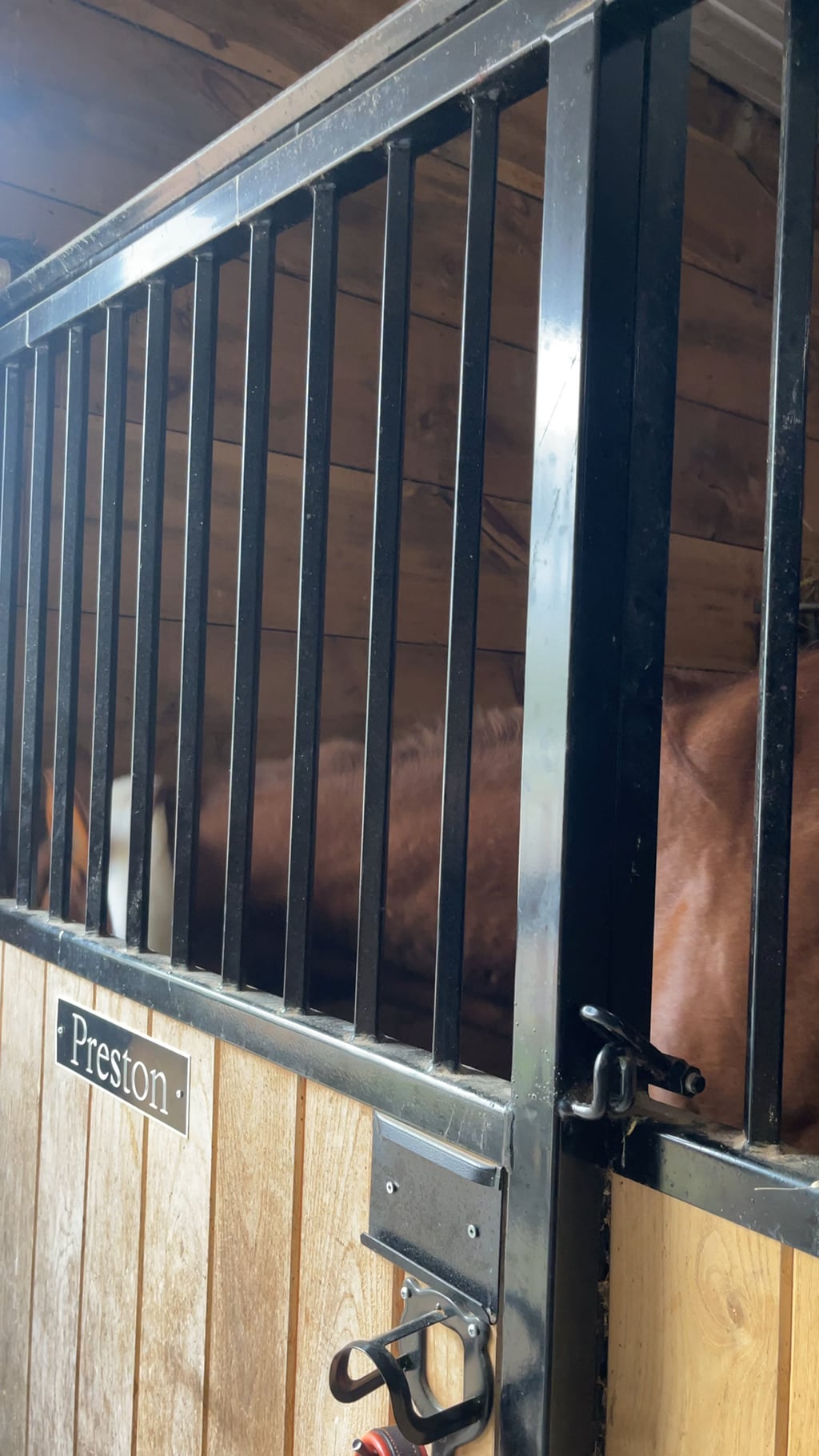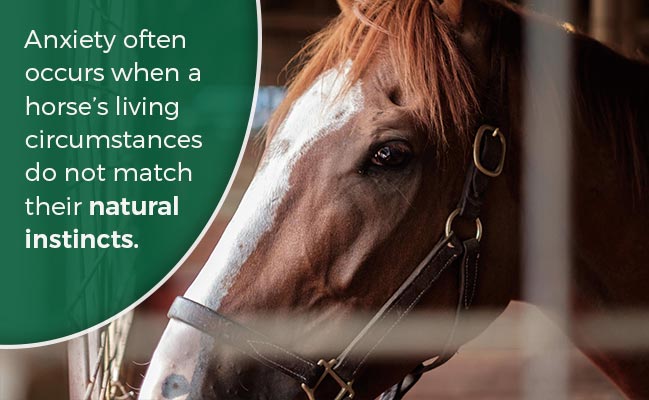Correcting Stall Weaving and Cribbing in Your Horse

Stall weaving and cribbing are common stable vices that can affect your horse’s health and well-being. Understanding these behaviors and how to address them effectively is crucial for any horse owner. This article explores the causes, consequences, and practical solutions for correcting stall weaving and cribbing.
What Are Stall Weaving and Cribbing?
- Stall Weaving: A repetitive side-to-side movement of the horse’s head and neck, often accompanied by shifting weight from one foot to another.
- Cribbing: The behavior where a horse grasps a solid object with its teeth, arches its neck, and sucks in air.
Both behaviors are considered stereotypies—repetitive, invariant behaviors with no obvious goal or function, often linked to stress or boredom.
Causes and Risk Factors
| Cause | Description |
|---|
| Stress and Anxiety | Changes in environment, social isolation, or lack of mental stimulation can trigger these behaviors.
| Boredom | Horses confined to stalls for long periods without adequate exercise or interaction.
| Nutritional Deficiencies | Imbalanced diet may contribute to these vices.
| Genetic Predisposition | Some horses may be more prone due to hereditary factors.
Consequences of Stall Weaving and Cribbing
- Physical Health Issues: Wear on teeth, weight loss, colic risk, and joint stress.
- Behavioral Problems: Increased anxiety, difficulty in training, and potential escalation of vices.
- Economic Impact: Damage to stable fixtures and increased veterinary costs.
Strategies to Correct and Manage These Behaviors
Environmental Enrichment
- Increase turnout time to allow natural movement and social interaction.
- Provide toys or objects designed to engage the horse mentally.
- Use mirrors or companion animals to reduce loneliness.
Dietary Adjustments
- Ensure a balanced diet rich in fiber.
- Consider supplements that promote digestive health.
Training and Behavioral Modification
- Implement positive reinforcement techniques to encourage desirable behaviors.
- Use anti-cribbing collars or devices cautiously and under veterinary guidance.
Stable Management
- Modify stall design to minimize triggers (e.g., cribbing rails).
- Maintain a consistent routine to reduce stress.
FAQ
Q1: Can stall weaving and cribbing be completely cured?
A: While some horses may reduce or stop these behaviors with proper management, others may continue to exhibit them to some degree. Early intervention improves outcomes.
Q2: Are there any health risks associated with cribbing?
A: Yes, cribbing can lead to dental wear, colic, and weight loss if not managed properly.
Q3: How can I tell if my horse is stressed?
A: Signs include restlessness, decreased appetite, changes in behavior, and the development of stereotypies like weaving or cribbing.
Conclusion
Correcting stall weaving and cribbing requires a multifaceted approach that addresses environmental, nutritional, and behavioral factors. By understanding the root causes and implementing targeted strategies, horse owners can improve their horses’ quality of life and reduce the impact of these challenging behaviors.
This article is designed to be SEO-friendly by incorporating relevant keywords such as “stall weaving,” “cribbing,” “horse behavior,” and “stable vices,” and by using clear headings and structured content to enhance readability and search engine ranking.
